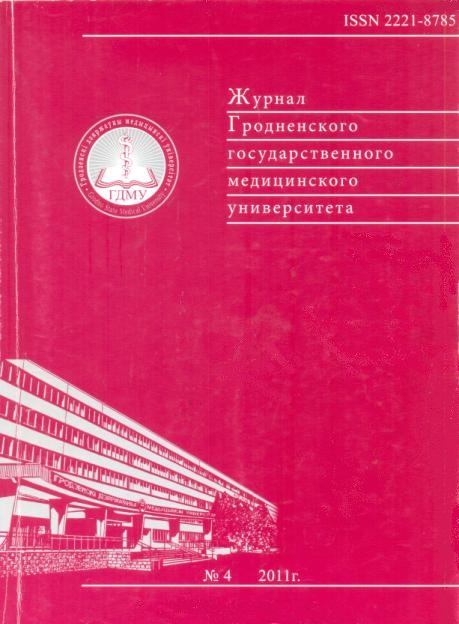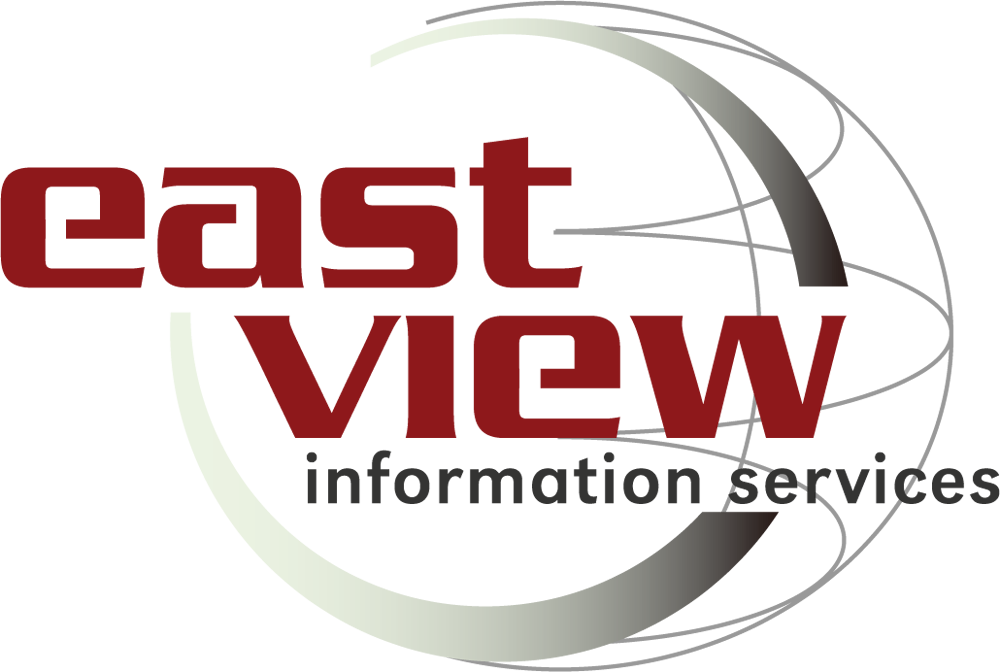КЛИНИКО-БИОМЕХАНИЧЕСКОЕ ОБОСНОВАНИЕ АРТРОРИЗА ПОДТАРАННОГО СУСТАВА ПРИ ЛЕЧЕНИИ ДЕТЕЙ С НЕФИКСИРОВАННОЙ ПЛОСКО-ВАЛЬГУСНОЙ ДЕФОРМАЦИЕЙ СТОП
Аннотация
В данной работе приводятся биомеханическое обоснование и результаты применения нового малоинвазивного метода коррекции нефиксированной формы плосковальгусной деформации стопы у детей. Предложенный хирургический метод позволяет сократить сроки реабилитации, предотвратить вторичные изменения, обусловленные гиперпронацией подтаранного сустава, не нарушает нормальную биомеханику стопы.Литература
Международная анатомическая номенклатура / Под ред. С.С. Михайлова. – М.: Медицина, 1980. – 240 с.
Анатомия человека / Привес М.Г. [и др.]. – М.: Медицина, 1985. – 672с.
Bevans, J.S. Biomechanics: a review of foot function in gait / J.S. Bevans // The Foot. – 1992. – № 2. – P. 79-82.
Blackwood, C.B. The Midtarsal Joint Locking Mechanism / C.B. Blackwood, T.J. Yuen, B.J. Sangeorzan, W.R. Ledoux // Foot & Ankle International. – 2005. – Vol. 26, No. 12. – P. 1074-1080.
Cheung, R.T.H. Efficacies of different external controls for excessive foot pronation: a meta-analysis / R.T.H. Cheung, R.C.K. Chung, G.Y.F. Ng // Br. J. Sports Med. – 2011. – Vol. 45, № 9. – P. 743-751.
Christensen, K. Spinal Biomechanics: What Role Do the Feet Play? / K. Christensen // Dynamic Chiropractic. –2007. – Vol. 25, № 24. – P. 1-4.
De Pellegrin, M. Die subtalare Schrauben-arthrorise beim kindlichen / M. De Pellegrin // Plattfu?. Orthopade. – 2005. – № 34. – P. 941–953.
Donatelli, R.A. Normal biomechanics of the foot and ankle / R.A. Donatelli // J. Orthop. Sports. Phys. Ther. – 1985. – Vol.7, № 3. – P. 91-95.
Foulston, J. Biomechanical analysis of foot structure and function / J. Foulston // Bailliere’s Clinical Rheumatology. – 1987. – Vol.1, №2. – P. 241-260.
Fuller, E.A. Center of pressure and its theoretical relationship to foot pathology / E.A. Fuller // J. Am. Podiatr. Med. Assoc. – 1999. – Vol. 89, № 6. – P. 278-291.
Huson, A. Biomechamcs of the foot and ankle / A. Huson // In. Jahss M. H., ed. Disorders of the Foot and Ankle 2nd ed. W B Saunders co. – 1991. – Vol. 1. – P. 410-480.
Jerosch, J. The stop screw technique: a simple and reliable method in treating flexible flatfoot in children / J. Jerosch, J. Schunk, H. Abdel-Aziz // Foot Ankle Surg. – 2009. – № 15. – P. 174-178.
Eversion and inversion muscle group peak torque in hyperpronated and normal individuals / K. Karatsolis [et al.] // The Foot. – 2009. – № 19. – P. 29-35.
Khamis, S. Effect of feet hyperpronation on pelvic alignment in a standing position / S. Khamis, Z. Yizhar // Gait & Posture. – 2007. – № 25. – P. 127-134.
Kirby, K.A. Subtalar joint axis location and rotational equilibrium theory of foot function / K.A. Kirby // J. Am. Podiatr. Med. Assoc. – 2001. – Vol. 91, № 9. – P. 465-487.
Kranicz, J. Korai tapasztalatok a Calcaneo-stop modszer alkalmazasaval a gyermekkori ludtalp muteti kezeleseben/ J.Kranicz, M. Czipri // Magy Traumatol. Ortop. – 2000. – № 43. – P. 177-182.
Levens, A.S. Transverse rotations of the segments of the lower extremity in locomotion / A.S. Levens, V.T. Inman, J.A. Blosser // J. Bone Joint Surg. – 1948. – № 30-A. – P. 859-872.
Nester, C.J. Rearfoot complex: a review of its interdependent components, axis orientation and functional model / C. J. Nester // The Foot. – 1997. – № 7. – P. 86-96.
Olerud, C. Torsion-transmitting properties of the hind foot / C. Olerud, Y. Rosendahl // Clin. Orthop. – 1987. – № 214. – P. 285-294.
Otman, S. Energy cost of walking with flatfeet. / S. Otman // Prosthet. Orthot. Int. – 1988. – № 12. – P. 733-778.
Pinto, R.Z.A. Bilateral and unilateral increases in calcaneal eversion affect pelvic alignment in standing position / R.Z.A. Pinto, T.R. Souza, R.G. Trede, R.N. Kirkwood // Manual Therapy. – 2008. – № 13. – P. 513-519.
Prasarn, M.L. Arterial Anatomy of the Talus: A Cadaver and Gadolinium-Enhanced MRI Study / M.L. Prasarn, A.N. Miller, J. P. Dyke // Foot & Ankle Int. – 2010. – Vol. 31, № 11. – P. 987-993.
Rocket, A.K. Bilateral intraosseous cystic formation in the talus: a complication of subtalar arthroereisis / A.K. Rocket, G. Mangum, S.S. Mendicino // J. Foot Ankle Surg. – 1996. – № 37. – P. 421-225.
Root, M.L. Orien W.P. Weed J.N. Clinical Biomechanics Vol. II : Normal and Abnormal Function of the Foot / M.L. Root, W.P. Orien, J.N.Weed. – Los Angeles: Clinical Biomechanics Corp. 1977.
Saito, E.T. Global body posture evaluation in patients with temporomandibular joint disorder / E.T. Saito, P.M.H. Akashi, I.C.N. Sacco // Clinics. - 2009.- Vol.64, № 1.- P. 9–35.
Sarrafian, S.K. Biomechanics of subtalar joint complex / S.K. Sarrafian // Clin. Orthop. And Rel. Research. – 1993. – № 290. – P. 17-26.
Seibel, M.O. Foot function: a programmed text / M.O. Seibel. – Baltimore: Williams & Wilkins, 1988. – 262 p.
Siff, T.E. Avascular necrosis of the talus following subtalar arthroereisis with a polyethylene endoprosthesis: a case report / T.E. Siff, W.M. Granberry // Foot Ankle Int. – 2000. – № 21. – P. 247-449.
Van Langelaan, E.J. A kinematical analysis of tarsal joints. An x-ray photo grammetric study / E.J. Van Langelaan // Acta Orthop. Scand. – 1983. – Vol. 54, № 204. – P.135-229.
Whittle, M.W. Gait analysis: an introduction 4th Ed. / M.W. Whittle//Edinburgh: Butterworth Heinemann Elsevier, 2007. – 255p.
Wright, D.G. Action of the subtalar and ankle-joint complex during the stance phase of walking / D.G. Wright, S.M. Sesai, W.H. Henderson // J. Bone Joint Surg. – 1964. – № 46-A. – P. 363.































